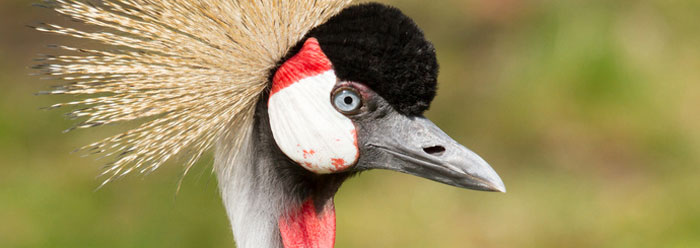Being called a "bird brain" implies that an individual is scatterbrained and flighty. Through the decades, however, ornithologists have grown to appreciate the amazing design and abilities of these feathered creatures. From their respiratory system to intricate vocalization patterns, birds reveal profound sophistication.
Smithsonian magazine recently featured a brief article on bird navigation. The opening statement reads, "Birds must be geniuses because they use quantum mechanics to navigate."1
Quantum mechanics is the study of the behavior of energy and matter at the subatomic level. That's a simple definition, but this "new physics" field is far more complex. Just Google "double-slit experiment" and find articles on how objects at the quantum level are neither waves nor particles, but instead, a hybrid of both!
Those who have studied bird behavior through the decades have always appreciated the uncanny ability of the homing pigeon—without actually understanding it. And this long-distance homing ability is still a mystery that baffles today's zoologists. Quantum mechanics may explain how birds actually see the earth's magnetic field, at a subatomic level, and how they can tell a northern direction.
Evolution has no explanations for such subatomic sensing. But this design feature is "clearly seen."2
References
- Helmuth, L. 2012. Flight plan. Smithsonian. 22.
- Romans 1:20.
* Mr. Sherwin is Research Associate, Senior Lecturer, and Science Writer at the Institute for Creation Research.
Article posted on May 4, 2012.




















